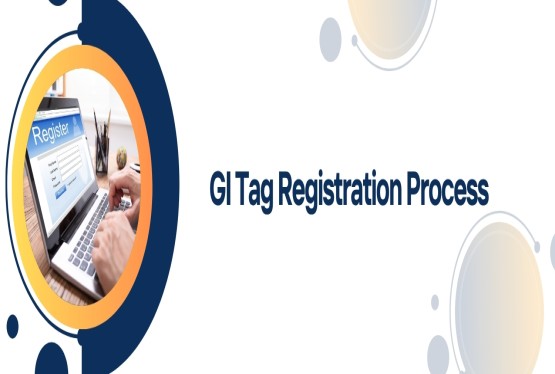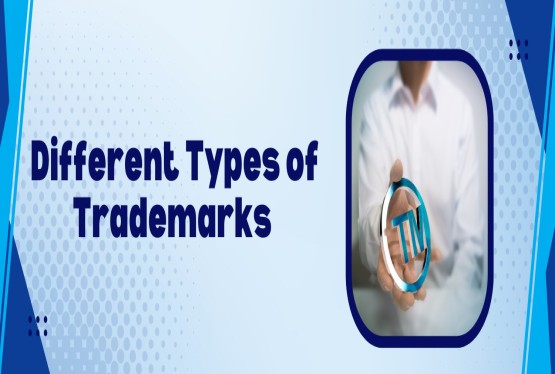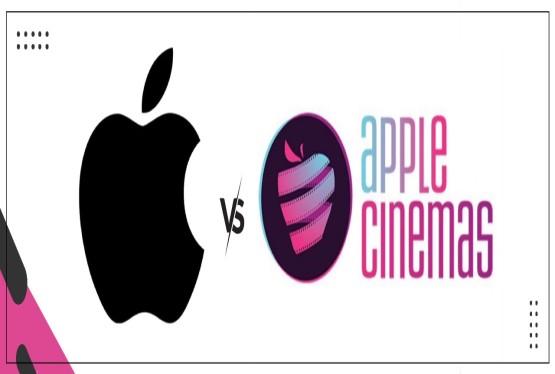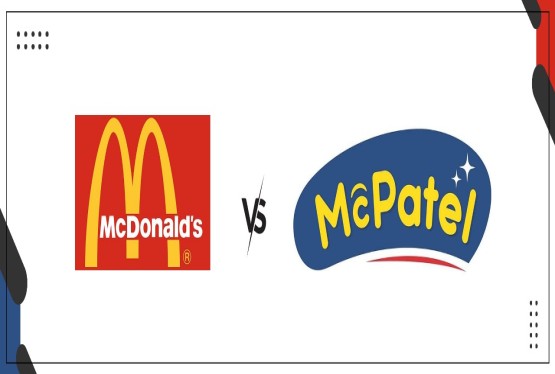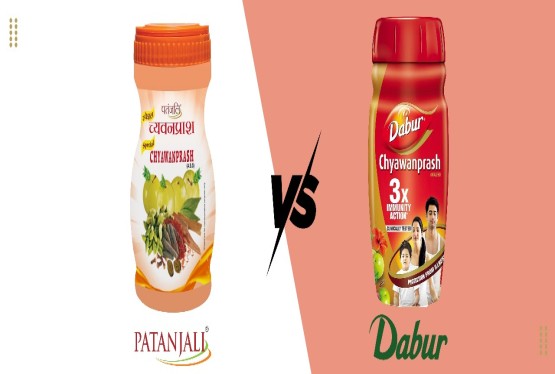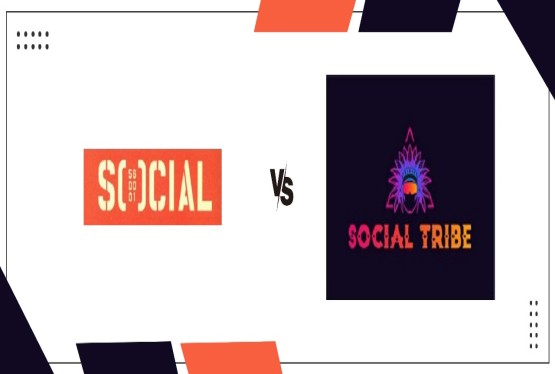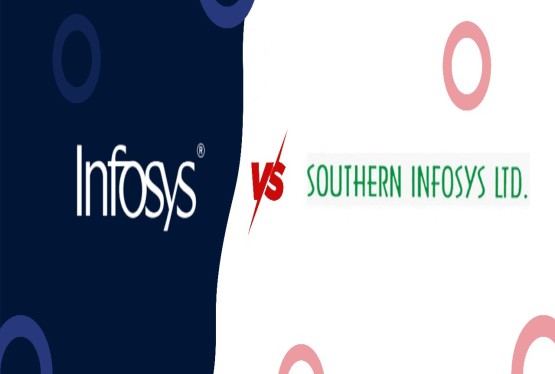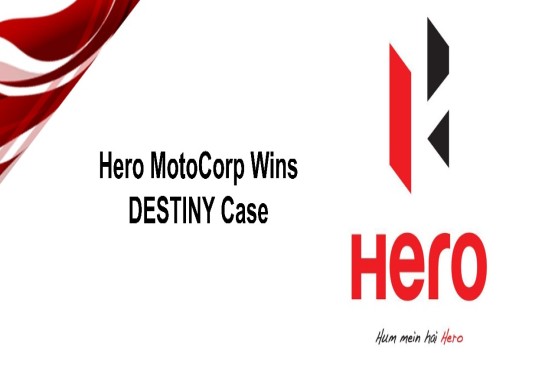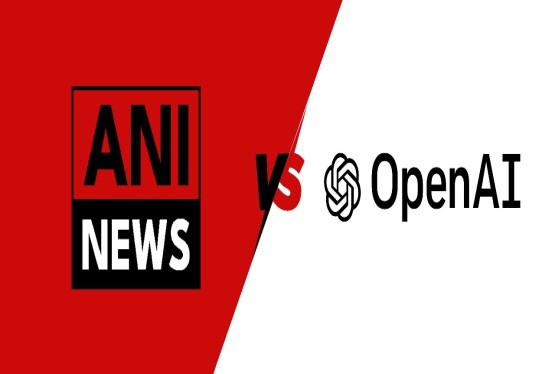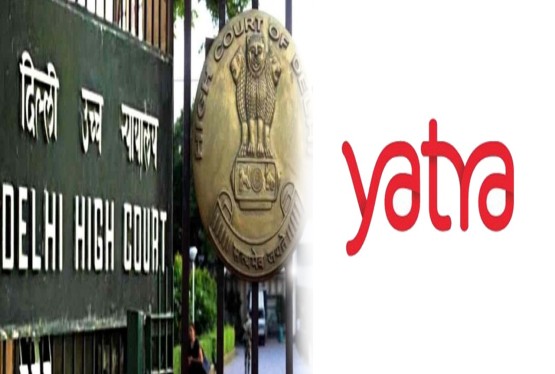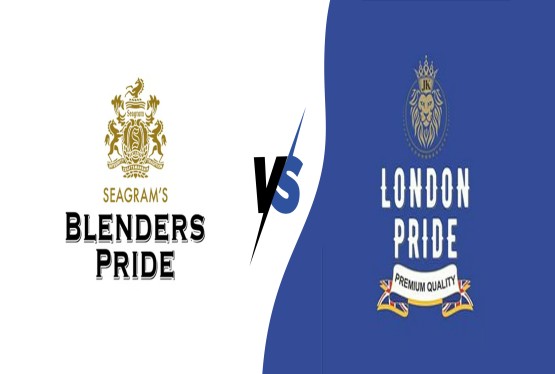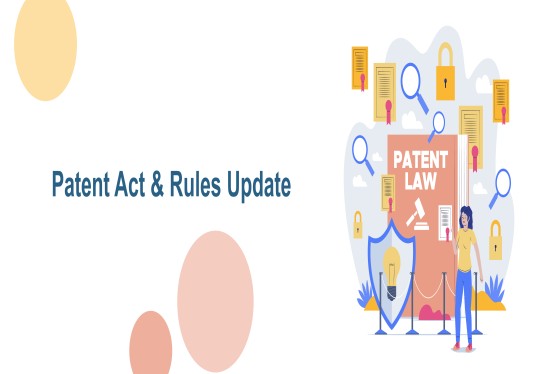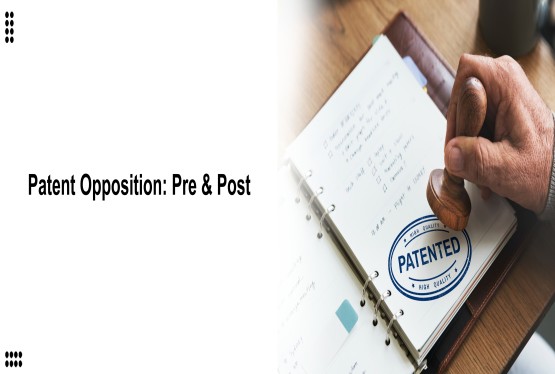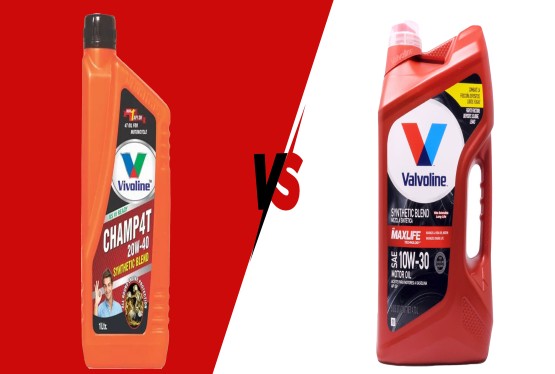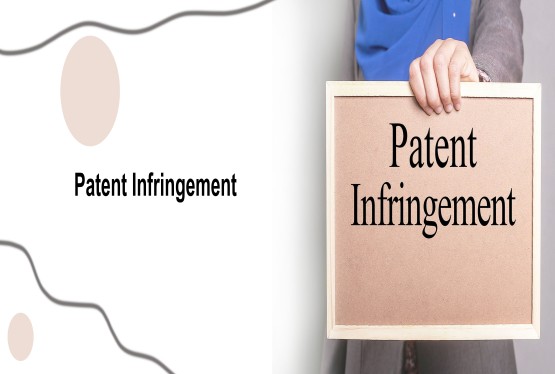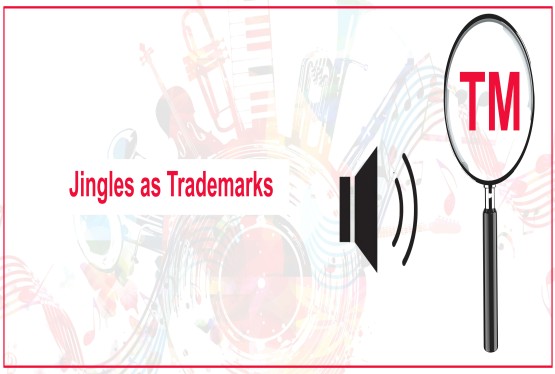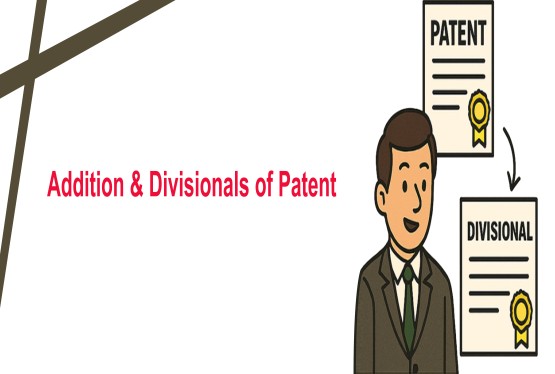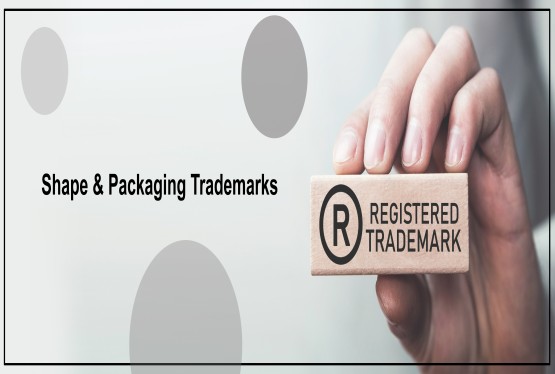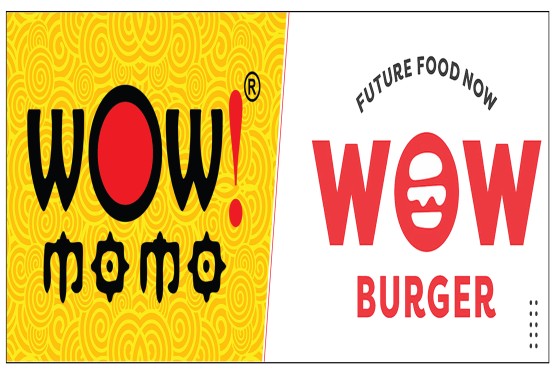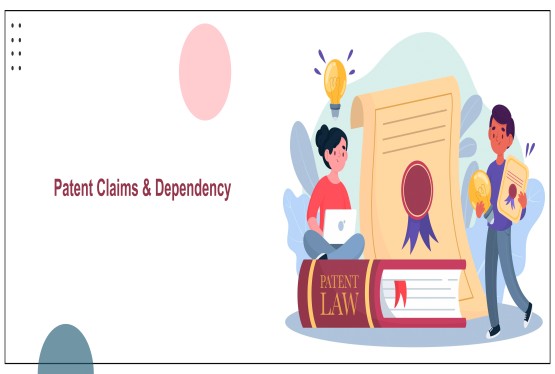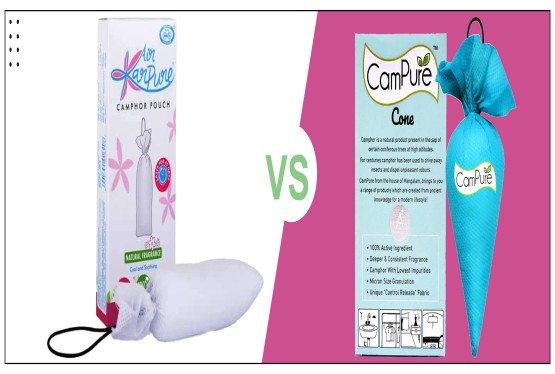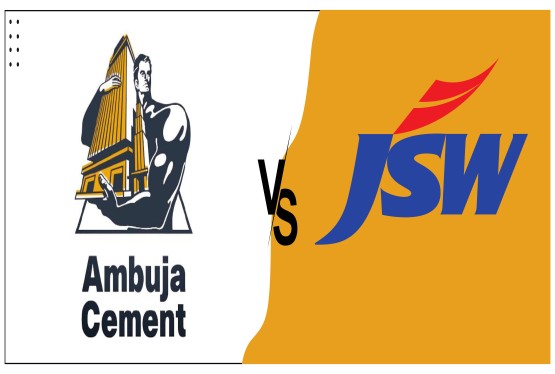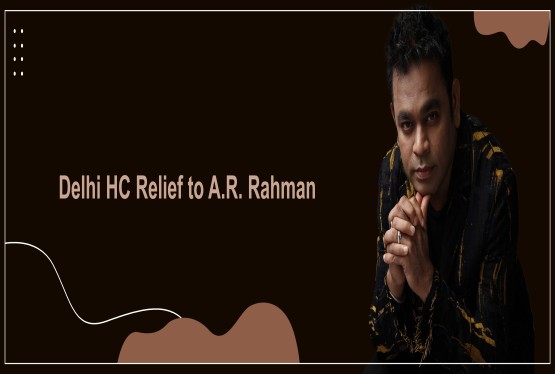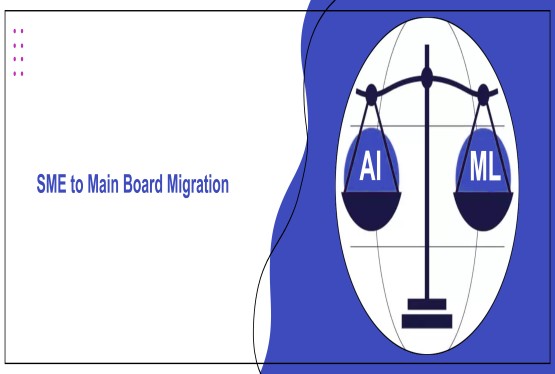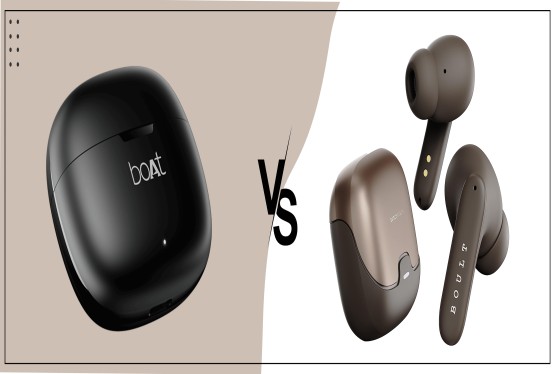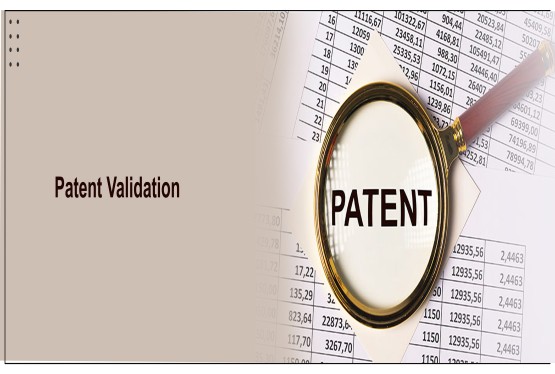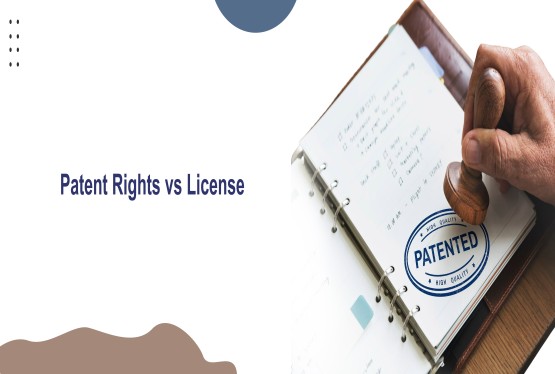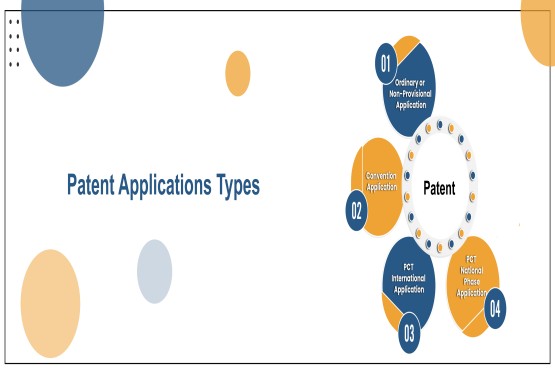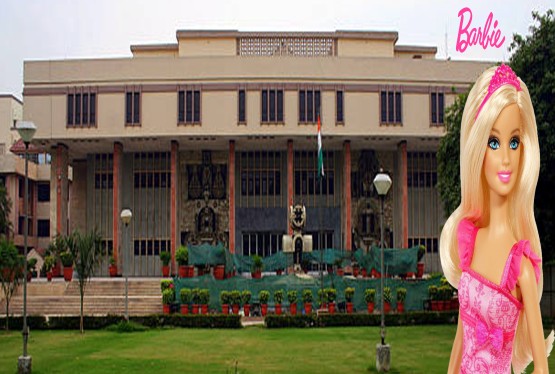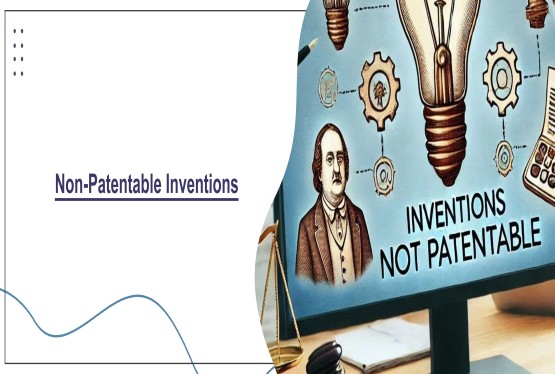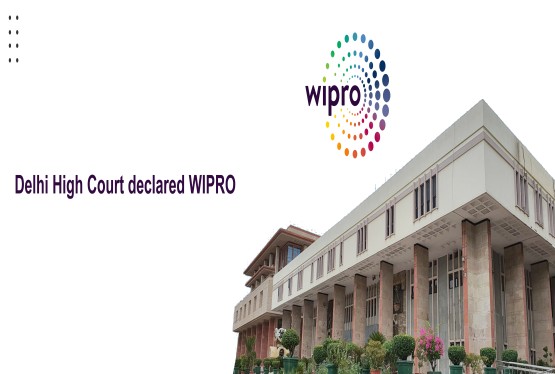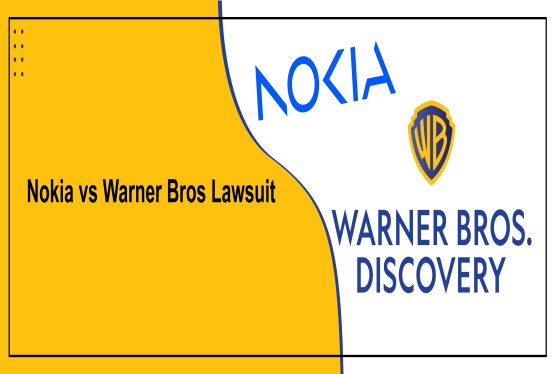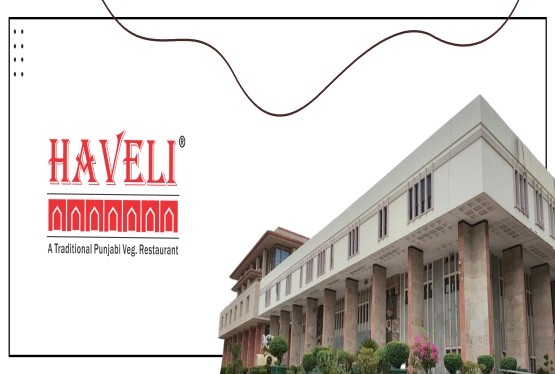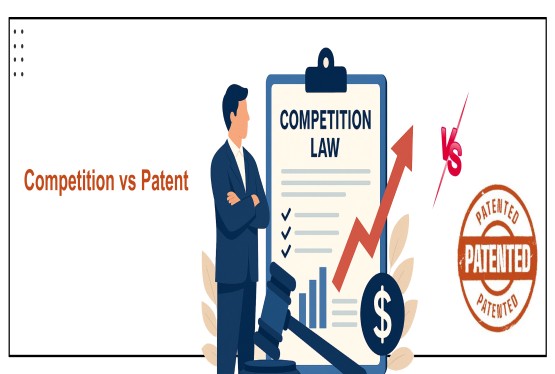Industrial Design is a vital facet of Intellectual Property that focuses on safeguarding the visual and aesthetic aspects of a product. Recognized under the TRIPS Agreement as one of the seven forms of Intellectual Property, industrial designs protect the shape, configuration, pattern, or ornament applied to an article, which appeal to the eye and enhance marketability. Unlike patents, which protect functionality, or copyrights, which protect literary and artistic works, industrial designs occupy a unique space by securing the visual elements that make products distinctive and attractive to consumers.
In today’s design-driven economy, the appearance of a product plays a important role in influencing consumer preferences and boosting sales. Consumers often choose products based on visual appeal, making design a powerful commercial tool. Recognizing this, the legal framework for industrial design provides creators with exclusive rights, ensuring their time, effort, and investment in crafting original designs are protected from unauthorized copying.
In India, the protection of industrial designs is governed by the Designs Act, 2000, which aims to encourage innovation in the manufacturing sector and promote fair competition by granting legal rights to original and novel designs. This introduction sets the stage for understanding how industrial design law balances creativity, commerce, and legal protection in the broader realm of intellectual property.
Definition of Design in India
Under Section 2(d) of the Designs Act, 2000, a design refers to the features of shape, configuration, pattern, ornament or composition of lines or colors applied to any article, whether in two-dimensional, three-dimensional, or both forms, by any industrial process manual, mechanical, chemical, or a combination thereof. These features must result in a finished article that is judged solely by the eye, focusing purely on its visual appeal.
However, this definition excludes:
-
Any mode or principle of construction,
-
Any mechanical device,
-
Any trademark or property mark,
-
Any artistic work as defined under the Copyright Act.
In practical terms, industrial designs are those designs that add ornamental or aesthetic value to a product intended for mass production. They may involve:
-
3D features like the unique shape of a bottle, furniture, or car parts,
-
2D features like decorative patterns on fabrics, wallpapers, or surface textures.
Thus, in India, a design under law is not about function but about visual form, offering creators protection for the look and feel of their products that appeal to consumer senses and preferences.
Difference between industrial design and other IPR
It is important to understand how industrial design stands apart from other major categories of intellectual property rights (IPR).
Unlike copyright, which protects original artistic works, industrial design protection only applies when such artistic features are actually applied to a product. For instance, an artist’s sketch is protected under copyright law, but it becomes a design under industrial design law only when it is used on an article manufactured in an industry.
Industrial design also differs from patents. A patent safeguards new inventions, processes, or products that offer a technical advancement. In contrast, a design registration is granted for the creative visual application of form, shape, or pattern to a product whether the product itself is new or already existing.
Similarly, industrial designs are not the same as trademarks. Trademarks identify and distinguish the source or brand of goods or services usually in the form of words, logos, or symbols. On the other hand, industrial design protection relates specifically to the visual or aesthetic appeal of a product that attracts the eye of consumers.
Benefits of Industrial Design
Improves Practical Functionality
Industrial design places a strong emphasis on functionality. Often aligned with minimalist principles, it focuses on eliminating unnecessary elements to enhance performance. Features like visible pipes, metal components, and exposed ductwork not only provide a clean and purposeful look but also help reduce costs, making it both efficient and economical.
Enhances Visual Appeal
Apart from being functional, industrial design significantly boosts the aesthetic value of a space. Known for its raw, bold, and unrefined style, it introduces a distinctive edge when blended with conventional interior elements. The use of materials like metal, concrete, and brick, along with reclaimed or unfinished furniture, helps in achieving a visually striking industrial vibe.
Optimizes Space Usage
Industrial design is particularly effective in utilizing space efficiently, regardless of room size. Its open-plan approach and structural elements, such as exposed ceilings and piping, contribute to a sense of spaciousness. These design techniques can make even compact areas appear larger and more open, offering both style and practicality.
Essential Requirements for Design Registration
To be eligible for registration under the Designs Act, certain fundamental conditions must be met. These requirements include:
Novelty and Originality
The design must be new and original, meaning it should not have been previously created or reproduced. Only designs that are unique and distinct are considered for registration. Even if a design is a combination of earlier known elements, it can still qualify provided the resulting visual impression is significantly different and gives rise to a new aesthetic appearance.
Not Previously Published
For a design to be registered, it must not have been made public before. If the design or similar visuals are already available for instance, in a public library or publication it would be considered prior publication and hence ineligible for protection.
However, in the case of Kemp and Company & Ors. v. Prima Plastics Ltd., 2000 PTC 96 Bom 1, the court clarified that if a design is disclosed in good faith to another person, such disclosure does not count as publication. If the design is later registered, the earlier disclosure does not invalidate its copyright.
Not Against Public Morality or Order
The design should not violate standards of morality, decency, or public order. Any design that is obscene, offensive, or prohibited under Indian law or which may potentially disrupt public peace cannot be registered. Designs must align with the ethical and legal framework established by the Government or competent authorities.
Registration of Design in India
The registration of industrial designs in India is governed by the Designs Act, 2000, which provides legal protection for the aesthetic features of a product such as shape, configuration, pattern, or ornamentation. However, this protection applies only when such designs are applied to articles manufactured in bulk. Thus, industrial plans, layouts, and installations do not fall under the scope of the Act.
Application and Examination Process
Once a design application is filed, the Controller publishes it in the Official Gazette and invites public objections. If any objections are raised, they must be resolved within one month; otherwise, the application is considered abandoned. Upon successful resolution and approval, the Certificate of Registration is issued.
Ownership of Design
By default, the creator or designer is considered the owner of the registered design. However, if the design is created in the course of employment, the employer holds ownership rights similar to rules in copyright and patent law.
Requirements for Protection
To be eligible for registration:
-
The design must be new and original.
-
It must not be previously published, exploited, or already known to the public.
-
Protection is only granted if the design is registered and entered in the Design Registry.
The visual appeal of a design plays a critical role in consumer decision-making. A product’s success may largely depend on its external appearance, making industrial design protection an important tool for marketing and sales, regardless of industry or business size.
First-to-File Principle and International Priority
India follows the first-to-file rule, meaning that if multiple applications are made for identical or similar designs, the design filed first will be eligible for registration.
As a signatory to the Paris Convention, India also recognizes the Right of Priority. This allows an applicant who has filed in one member country to apply for protection in India within six months, and the application will be treated as if filed on the original date.
Duration of Protection
The protection granted under the Designs Act is valid for 10 years, which can be renewed once for an additional 5 years. After expiration, the design enters the public domain and cannot be re-registered, ensuring that no individual can indefinitely monopolize a once-protected design.
Who is Entitled to Seek Registration of a Design
As per the Designs Act, 2000, the following individuals or entities are entitled to apply for registration of a design:
Person Claiming to be the Proprietor
The applicant must be the rightful proprietor of the design. This includes anyone who has either created the design themselves or acquired ownership through a valid agreement or assignment.
New or Original Design
The design must be new and original, meaning it should not be a copy or imitation of an existing design. It must also not have been disclosed to the public in any manner, anywhere in the world, before the date of application.
Not Previously Published
The design should not have been published or disclosed in any form whether in written documents, displayed in exhibitions, or made available through sales prior to registration.
Not Contrary to Public Order or Morality
The design must not offend public morality, decency, or security. Any design that is obscene, offensive, or likely to cause disruption in public peace cannot be registered.
Eligible Applicants
-
Individual persons
-
Firms and partnership firms
-
Companies and corporate entities
-
Legal representatives or agents acting on behalf of the actual proprietor
Cancellation of Registration of a Design (Section 19, Designs Act, 2000)
A registered design is not immune to legal challenge. Under Section 19, a person may file a petition for cancellation with the Controller of Designs, along with Form 8 and the prescribed fee.
Grounds for Cancellation
-
Design is Not New or Original: If it is proven that the registered design is a copy, imitation, or reproduction of an existing design or has been used before it can be cancelled. A design must offer a fresh visual appearance that is not known to the public.
-
Design Was Previously Registered: If the same or a substantially similar design has already been registered in India, the newer registration may be invalidated. Duplication within the Registry is not permitted.
-
Design Was Published Before Registration Date: If the design was published, exhibited, or disclosed to the public anywhere in the world before the application date, it loses its eligibility for protection. This includes catalogs, books, public displays, or online platforms.
-
Design is Against Public Order or Morality: Any design that is deemed obscene, offensive, or controversial, or that promotes violence, discrimination, or illegal activities, can be cancelled. Designs must comply with ethical and social standards.
-
Design is Not Registerable Under the Act: If the design does not meet the criteria under the Designs Act for instance, if it relates to a functional feature rather than an aesthetic one it cannot be protected. Features dictated solely by the function of the product are not eligible for design registration.
Conclusion
Industrial design significantly influences a product’s identity, appeal, and market value by focusing on its aesthetic features. Unlike patents, trademarks, or copyrights, it protects the visual aspects of a product that attract consumers and enhance brand recognition.
India’s Designs Act, 2000 provides legal protection to new, original, and visually distinctive designs, promoting innovation and fair competition. Aligned with the Paris Convention and based on the first-to-file principle, it ensures global recognition of rights. Protection lasts for 10 years, extendable by 5 years, after which the design enters the public domain.
For businesses, industrial design protection helps secure creative investments, strengthen product differentiation, and drive consumer interest, contributing to overall economic growth and industry competitiveness.
FAQs
Q1. What is an industrial design in IPR?
Ans. An industrial design refers to the aesthetic or ornamental features of a product, such as shape, pattern, configuration, or decoration, which enhance its visual appeal and are protected under Intellectual Property Rights.
Q2. Which law governs industrial design protection in India?
Ans. Industrial design protection in India is governed by the Designs Act, 2000 and the Designs Rules framed under it.
Q3. What is the duration of design protection in India?
Ans. The initial period of protection is 10 years, which can be renewed for an additional 5 years, making it a total of 15 years.
Q4. What types of designs can be registered?
Ans. Only designs that are new, original, not previously published or used, and not contrary to public order or morality can be registered.
Q5. Is functional design eligible for protection?
Ans. No, industrial design protection applies only to aesthetic aspects. Features dictated solely by function are not protected under the Designs Act.
Q6. Can an industrial design be protected internationally through Indian registration?
Ans. While Indian registration grants protection only within India, applicants can claim Right of Priority under the Paris Convention to apply for registration in other member countries within six months.
Q7. Who can apply for design registration?
Ans. Any individual, firm, company, or legal representative claiming to be the proprietor of a new or original design can apply.
Q8. Can a design registration be cancelled?
Ans. Yes, under Section 19 of the Designs Act, registration can be cancelled on grounds such as lack of novelty, prior publication, being against morality, or non-compliance with the Act.
Q9. How is industrial design different from copyright and patent?
Ans. Copyright protects artistic works not necessarily applied to articles.
-
Patents protect technical inventions or processes.
-
Industrial design protects the visual design applied to an article.
Q10. What is the first-to-file rule in design registration?
Ans. India follows the first-to-file system, meaning the person who files the application first is entitled to protection, even if someone else created the design earlier.






























_(b)_of_the_Trademark_Act,_1999_(1)_crop10_thumb.jpg)



_crop10_thumb.jpg)




























_crop10_thumb.jpg)
_crop10_thumb.jpg)






_crop10_thumb.jpg)








_crop10_thumb.jpg)



_crop10_thumb.jpg)





























_crop10_thumb.jpg)

















_crop10_thumb.jpg)






_crop10_thumb.jpg)












































































































































_crop10_thumb.jpg)




































_crop10_thumb.jpg)












_crop10_thumb.jpg)













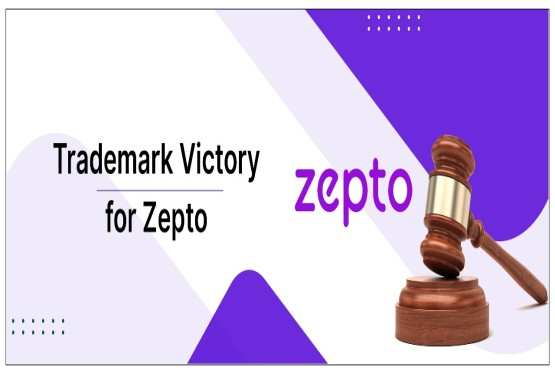




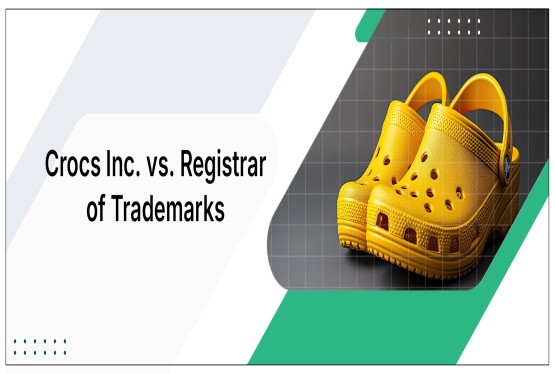




























_crop10_thumb.jpg)
















